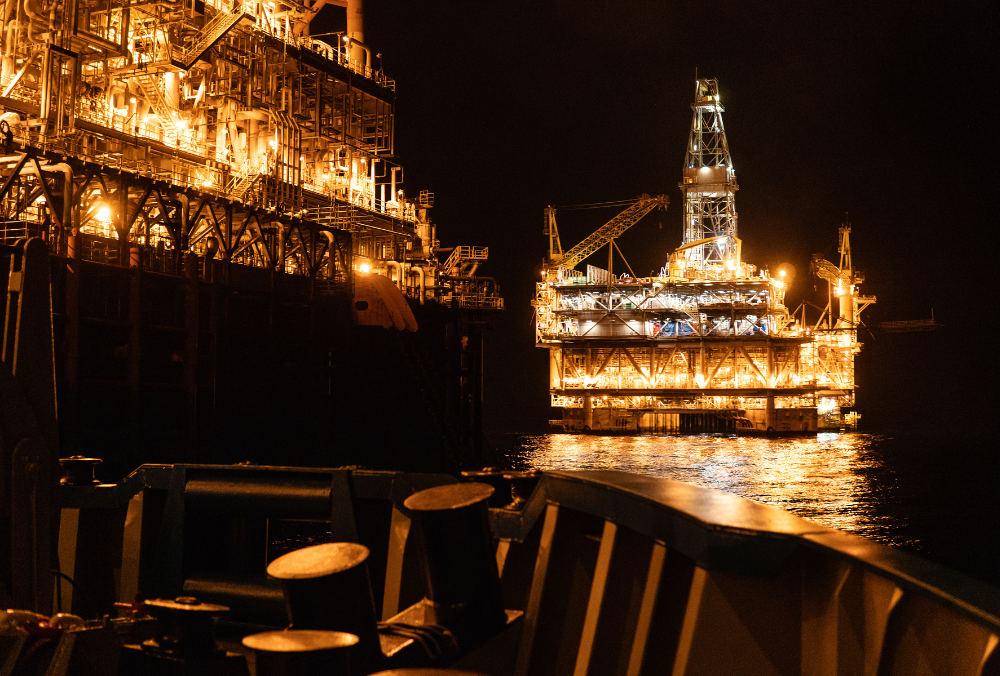Industries
Rope Access Involves
Marine Ships & Rig

IRACS rope access techniques are also commonly used in the maritime industry, specifically for ships and offshore oil rigs, offering several advantages in terms of access and maintenance.
A wide range of work is carried out using IRACS rope access techniques in ships and rigs. This includes inspection and maintenance of critical components such as hulls, decks, superstructures, cranes, and offshore structures. Rope access is also used for welding, fabrication, and repair work, allowing technicians to access tight spaces and heights. Coating and paint maintenance, including application and touch-ups, are efficiently performed using rope access methods. Additionally, rope access enables access to confined spaces like tanks and compartments for inspection, cleaning, and maintenance purposes.
Using IRACS rope access techniques in ships and rigs provides several advantages. Firstly, it allows for safe and efficient access to challenging and confined areas, enabling work without the need for bulky scaffolding or equipment. Secondly, rope access is a cost-effective solution, reducing downtime and operational disruptions by minimizing setup time and the need for extensive machinery. Additionally, it offers versatility, facilitating a wide range of tasks, making it a practical and reliable method for maintaining the integrity and safety of ships and rigs in a maritime environment.
In emergency situations, rope access plays a crucial role in rescue and evacuation operations, ensuring the safety and well-being of personnel.
Safety is a paramount concern in the maritime industry, IRACS professionals undergo rigorous training to adhere to stringent safety protocols, ensuring that all work is conducted in accordance with the highest safety and quality standards. IRACS member companies employ certified personnel who have received training from IRACS, and they diligently follow the recommendations and guidelines set forth by IRACS. By adhering to these best practices and standards, member companies are able to fulfill their legal obligations, mitigate risks, and enhance overall operational efficiency.